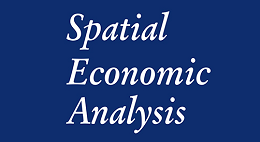Body mass index and social interactions from adolescence to adulthood
A dynamic linear-in-means model is applied in order to analyse the importance of social ties for the body weight-related behaviour of US youth. The methodology shows how to estimate peer effects free of the ‘reflection problem’ in a dynamic context where individual and group-specific unobservable effects are controlled for. The results show that the main drivers for the body weight-related behaviour are past and peer effects. For individuals who were normal weight or obese during adolescence, past and peer effects are shown to be both relevant. Peer effects, instead, explain more the variation in the body mass index (BMI) for individuals who were overweight during adolescence, showing in this way the importance of social interactions for body weight-related behaviour.


